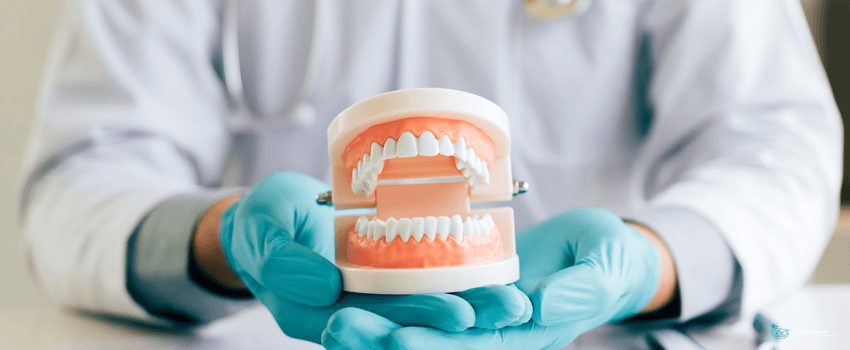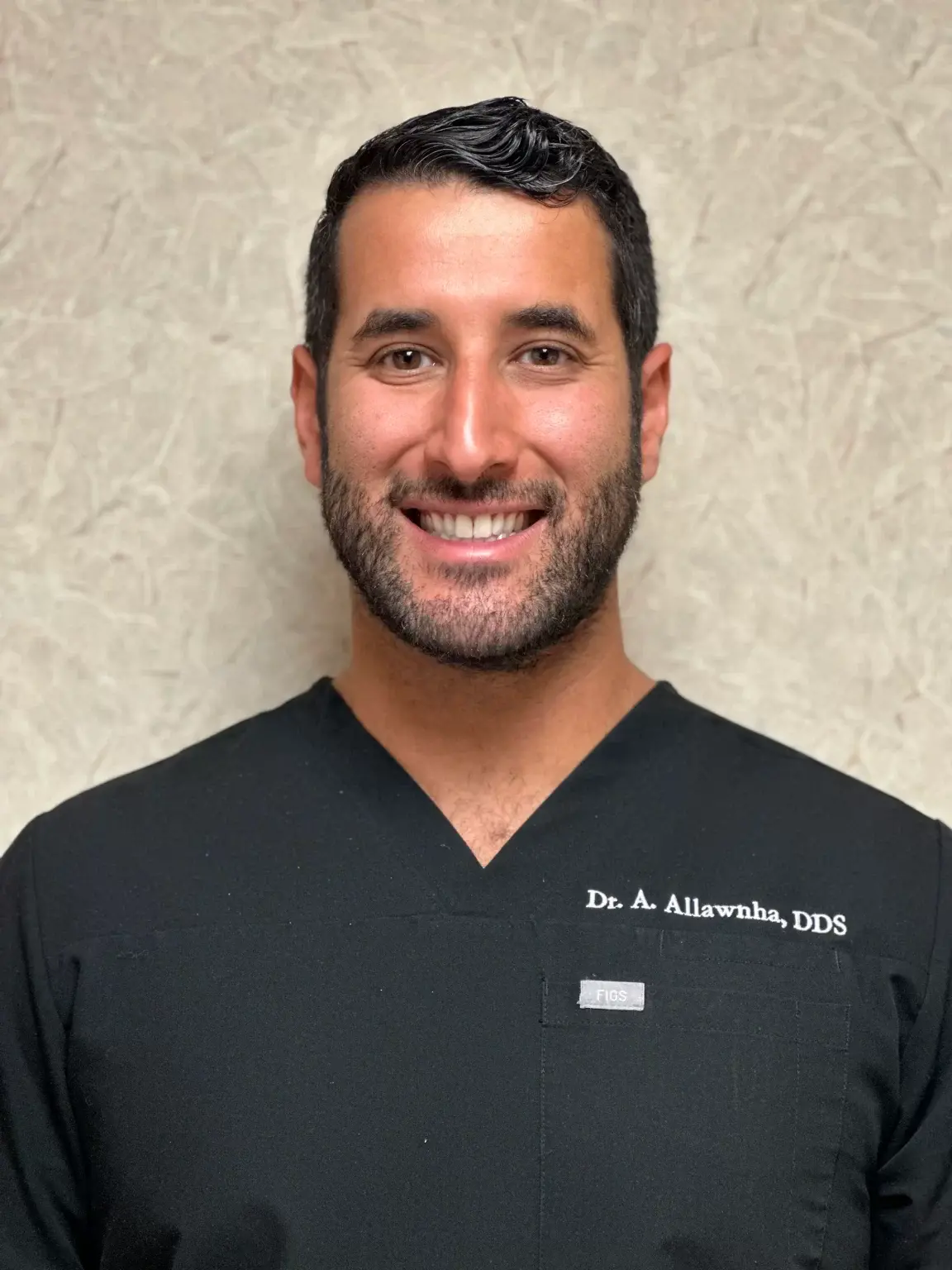The number of adults who require dentures is now dwindling due to advances in dentistry. But, there are still people who need them. Luckily, modern dentures are now more discreet and comfortable, improving their wearer’s smiles.
But how did our ancestors replace their missing teeth? Here are some facts about the history of dentures.
Ancient Times
The history of dentures timeline begins in ancient times, in 2500 BC. Researchers found ancient prosthetic devices in Mexico made from wolf teeth.
Etruscan Dentures
When were dentures invented? Dentures were already around in Italy, 700BC. They were made by Etruscans who took teeth from animals and humans and held them together with a gold or silver band and a metal pin. However, they were only for the rich.
Archaeological evidence suggests that these early dentures were used to replace teeth that were intentionally removed. This means that Etruscans had ancient healthcare professionals who could diagnose bad teeth and remove them before they became too severe.
Egypt’s Golden Teeth
Many centuries passed between the advent of dentistry and early prosthetics before gold made its debut as a dentistry material. An Egyptian find dating back to the third millennium B.C. suggests that they used gold wire to keep teeth in place. Gold may have offered some aesthetic benefits to ancient patients, but its true utility in dentistry lies in its non-reactive nature. It doesn’t rust or wear down even when exposed to water, air, food, and the environment of a person’s mouth.
Prosthetics made entirely of gold were also found. They were clear examples that existed before the Roman empire.
The 1600s to 1700s
Professional goldsmiths, ivory turners, and students of barber-surgeons experimented a lot with dentures made from human and animal teeth and carved ivory.
Porcelain Dentures
Who invented dentures? Alexis Duchâteau created the first porcelain dentures in the late 1700s because his old dentures were made of hippopotamus teeth that started to rot and smell. However, they weren’t popular. These porcelain dentures were fragile and easily chipped. They were also too white and didn’t look natural even when hand-painted to match natural teeth.
Duchâteau then joined forces with a dentist named Nicolas Dubois De Chémant to create a set that he could actually wear. De Chémant made Duchâteau’s porcelain dentures stronger and patented the first British porcelain dentures in 1791.
The 1800s
Dentistry during the 1800s was not regulated and was dangerous. People started consuming a lot of sugar, which led to a rise in cavities and tooth extractions performed by doctors, blacksmiths, jewelers, and barbers.
Waterloo Teeth
Who would have thought that grave robbing would be part of the history of dentures?
The demand for dentures eventually rose during the 1800s. The demand was so high that people turned to grave robbing to harvest teeth from around 50,000 dead soldiers after the Battle of Waterloo.
These teeth were sorted and shaped to look like the upper and lower front teeth of a single person and not from different bodies.
These sets eventually became known as “Waterloo Teeth” and were sold to dental technicians who would boil and cut off their ends to make them fit into ivory denture bases.
Fortunately, the British Anatomy Act of 1832 made it illegal to transport human bodies, which ended the popularity of human dentures.
Dental Ceramics
Modern dentures are made of ceramic rather than metal or real human teeth, and we have Charles H. Land to thank. He introduced a porcelain-covered crown in 1889, but they were susceptible to cracking.
Methods for fusing ceramic and metal were developed in the 1950s, making these crowns stronger. By the 1980s and 1990s, modern crowns and bridges were developed. They were easy to attach to a patient’s jaw and were almost identical to natural teeth.
Claudius Ash
Claudius Ash was an English silversmith who created a set of dentures made from porcelain teeth and 18-karat gold plates with springs and swivels attached to them. These dentures were better in aesthetics and functionality than older models but were notoriously difficult to clean.
Vulcanite
Ivory and gold were common materials used in dentures, but they were expensive. They made dentures unavailable for some people. However, this all changed when the Goodyear family invented Vulcanite, a hard rubber material that replaced ivory and gold as denture bases. It made dentures more affordable for everyone, and it was easy to mold into gums and hardens without losing their shape.
The 1900s to the Present Day
In the history of dentures, the 1900s witnessed the quest to find better denture materials.
Polymethyl methacrylate
Polymethyl methacrylate or acrylic resin was the prevailing denture base material and acrylic teeth in 1938. It’s translucent, hard, unreactive, non-toxic, easy to repair, and inexpensive. Teeth and dentures made of acrylic resin chemically bond together to create a strong and durable denture.
Acrylic teeth and denture bases come in various colors, shapes, and molds, allowing dentists to create highly flexible dentures that match the natural color of their patient’s gums and teeth.
3D Printing
From gold wires keeping teeth together, dentures certainly have come a long way. Today, dentures can now be created using 3D printing. The first 3D-printed dentures were created in 2015 by Dentca. A dentist can take traditional or digital impressions of their patient’s teeth and send them with jaw relation records to a laboratory that will print the dentures.
How To Avoid Wearing Dentures
Our ancestors didn’t know how to avoid dentures or missing teeth, as evidenced by how long the history of dentures timeline is. We’re fortunate to know that preventing tooth decay is the best way to avoid needing dentures. Good oral hygiene practices like flossing once and brushing twice a day help prevent tooth decay and save you from having a tooth extracted.
If the day comes when you need dentures, have trained dentists to make them for you. They can make your dentures look as natural and comfortable as they can. Care for your dentures by using a soft-bristled toothbrush, just as you would your natural teeth. Make sure you also clean your tongue, gums, and the roof of your mouth. Don’t forget to rinse your dentures to remove any food remnants.
Key Takeaway
The history of dentures is long and full of trial and error. It began in ancient times and resulted in many discoveries, models, and advancements that continue to this day. Early dentures were made of various materials, ranging from gold to real human teeth. They weren’t as strong and lasting as the dentures we have today.
Find modern solutions to missing teeth at Century Dental.
We are lucky enough to enjoy the benefits of all the discoveries and advancements in denture making. Our dentist near South Pasadena, FL, can provide you with top-tier dentures or implants that can replace your missing teeth, with no grave-robbing required. They also provide preventive dental services that help you avoid getting dentures in the first place. Call us today and explore your options for a beautiful smile.





